Despite the fact that Velikiye Luki has been known since the 12th century, very few architectural and historical monuments have been preserved here. This is due to the strategically advantageous position of the city, which has long stood at the crossroads of all paths, and not a single war has bypassed it. The city suffered the most during the Great Patriotic War. Most of the historical buildings were destroyed. Of the 14 temples, only the Kazan Church and the Holy Ascension Cathedral were restored.
Most of the local attractions are related to military events. Numerous memorials and monuments remind of the heroic past of Velikiye Luki. Some of them are located on the high ramparts of the Velikolukskaya fortress, preserved from the 18th century. Museum-estates of S. Kovalevskaya and M. Mussorgsky are of interest in the vicinity of the city.
What to see and where to go in Velikiye Luki?
The most interesting and beautiful places for walking. Photos and a short description.
- Velikolukskaya fortress
- Obelisk of Glory
- Monument Tank T-34
- Monument to Alexander Matrosov
- Stele City of Military Glory
- Museum of Local Lore
- Velikoluksky Drama Theater
- House-Museum of Academician I. M. Vinogradov
- Holy Ascension Cathedral
- Kazan church
- Temple in the name of St. Tikhon
- Chapel of Alexander Nevsky
- Museum-estate of Sofia Kovalevskaya
- M. P. Mussorgsky Museum-Reserve
- Balloon Festival
Velikolukskaya fortress
The first defensive fortifications appeared in 1198. In the future, more than 10 times the fortress was rebuilt or rebuilt. The remains of structures dating back to 1704-1708, which were built on the banks of the river at the direction of Peter I, have survived to this day. Since 1971, the fortress has been declared a museum. It occupies an area of 12 hectares. 6 bastions overgrown with grass and earthen ramparts up to 20 meters high have been preserved, along the surface of which paths, the remains of a gate, and the foundation of the temple have been laid. There is a park nearby.
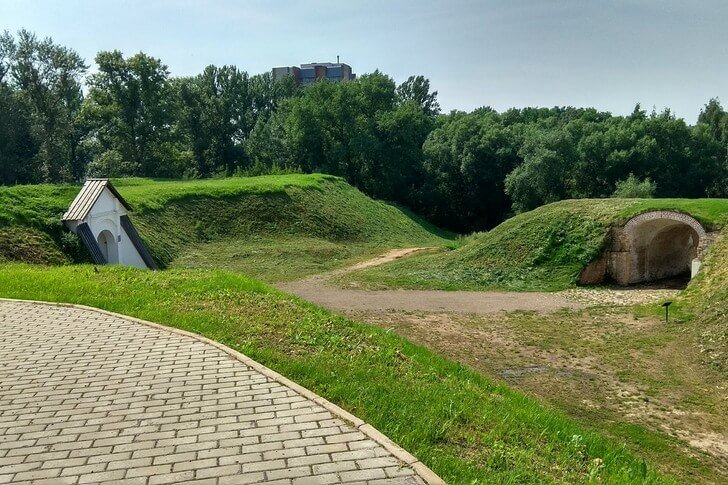
Obelisk of Glory
A 26-meter stone column crowned with a star rises above the Lovat River, on the ramparts. Installed in 1960. Dedicated to the memory of the soldiers who fell during the liberation of the city. The author of the composition is an architect from Estonia Mart Port. A capsule containing the ashes of an unknown soldier was buried under a marble slab at the base of the column. There are also mass graves of soldiers of more than 20 nationalities, including those who fought in the Estonian division.

Monument "Tank T-34"
The opening was timed to the 30th anniversary of the liberation of the city from the Nazis. The monument was erected on the territory of the Velikoluksky fortress, on the western Engineering bastion. Dedicated to the soldiers-tankers who died in battles. The author of the project is the local sculptor V. Sokolovsky. An impressive size tank is mounted on a reinforced concrete pedestal, which indicates the years of the Second World War, as well as commemorative inscriptions dedicated to the fallen defenders of the city. A staircase leads from the foot of the hill to the monument.

Monument to Alexander Matrosov
It rises above the grave of the legendary hero, whose remains were brought here from the village of Chernushki in 1948. The opening of the monument took place in 1954. The creators of the project are V. Vuchetich and V. Artamonov. The figure of Matrosov is set on a high pedestal, made of bronze and has a height of 4 meters. The years of the hero's life are indicated on the memorial plaque, and his immortal feat is described. The square on which the monument is located is named after Alexander Matrosov.

Stele "City of Military Glory"
The high title Velikiye Luki was awarded in 2008. On this occasion, 2 years later, an 11-meter column with the coat of arms of Russia was built on Lenin Square. On its facade there is the text of the presidential decree and the coat of arms of Velikiye Luki. A column was installed on a granite platform, at the corners of which there are 4 pedestals with thematic bas-reliefs. They highlight the most important pages in the history of the city, starting from its foundation in 1166. There are similar monuments in other cities of military glory.

Museum of Local Lore
Funds were formed after the revolution by seizing valuables from monasteries, estates, voluntary transfer of exhibits by townspeople, etc. During the war years, the museum was destroyed, most of the funds disappeared. It has been re-created since the 1950s. Since 1992, expositions have been placed in the Museum of Komsomol Glory, named after A. Matrosov. There are collections of archaeological artifacts, ancient weapons, coins, as well as exhibitions dedicated to the nature of the region and military events.
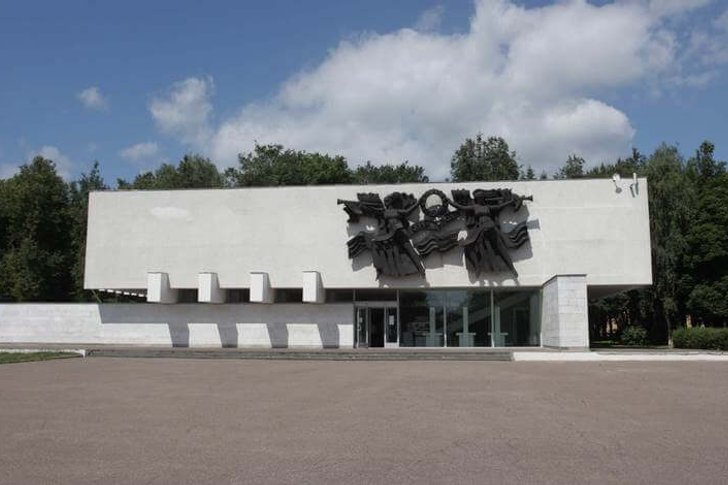
Velikoluksky Drama Theater
Date of foundation - 1919. One of the creators was S. Eisentshein. The first season opened with a production of Gorky's play "At the Bottom". A beautiful building in the style of late classicism, in which the theater is still located, was erected in 1947-48. The current repertoire consists of classical and modern productions of different genres. Recently, the theater has been touring a lot around the country, taking an active part in festivals, including international ones.
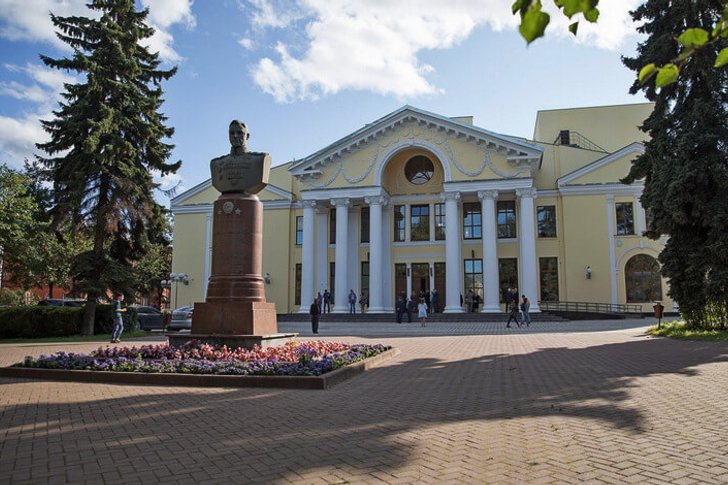
House-Museum of Academician I. M. Vinogradov
Founded in 1986 in a restored wooden house of the Vinogradov family. Here, the Moscow office of the famous mathematician is exactly recreated. Documents from the personal archive, books, scientific papers, valuable gifts, awards and genuine things of the scientist and his family members are presented. The total number of museum exhibits is more than 6,000 items, most of them provided by the Mathematical Institute. Nearby is the park named after Vinogradov, where his bust is installed.

Holy Ascension Cathedral
It was erected in 1752 at the convent at the expense of Abbess M. Kartseva. It was made in the Baroque style, had 3 thrones, a high bell tower with 9 bells. One of the most revered shrines is the ancient icon “Joy of All Who Sorrow”. After the revolution, the monastery was abolished, the temple was closed, the bell tower was dismantled. A warehouse was organized in the church building. In the 90s, the building was repaired and returned to the parishioners, but, unfortunately, the temple lost its former beauty and grandeur.
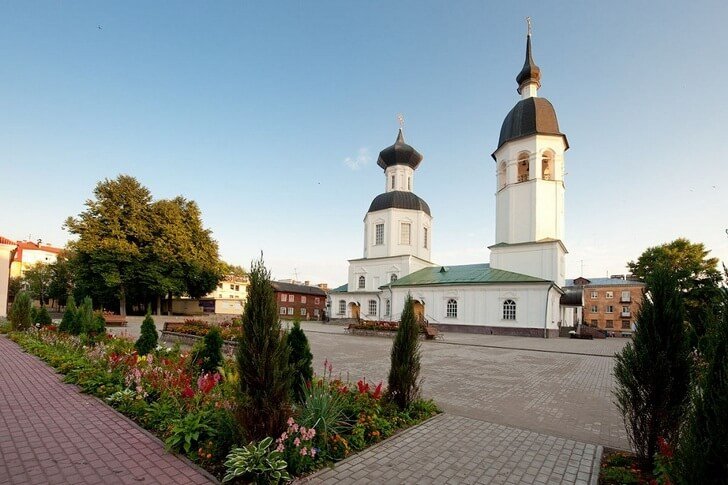
Kazan church
The brick building in the style of Baroque architecture was erected in 1821. Her appearance has hardly changed. The iconostasis, one of the three thrones, wall paintings, a bell on the belfry have been preserved. Unlike most churches, Kazanskaya continued to work in Soviet times, even for several years it was in the status of a cathedral. Nearby is an ancient cemetery of the 19th century, where famous residents of the city were buried until 1960.
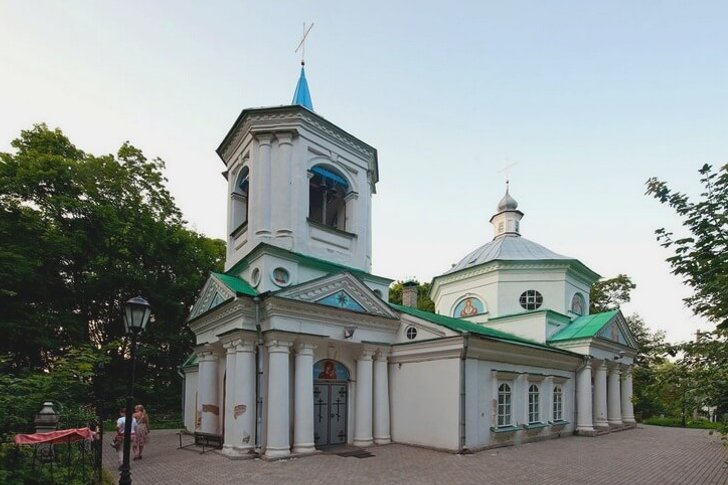
Temple in the name of St. Tikhon
The idea of building an Orthodox church in the northern district of the city arose at the end of the last century, but work began only in 2012. The temple was built on charitable contributions from parishioners and city organizations. Its consecration took place in the summer of 2016, on the occasion of the 850th anniversary of the city. This is the first religious building to appear in Velikiye Luki in the last 100 years. It is expected that the temple will soon become a cathedral.
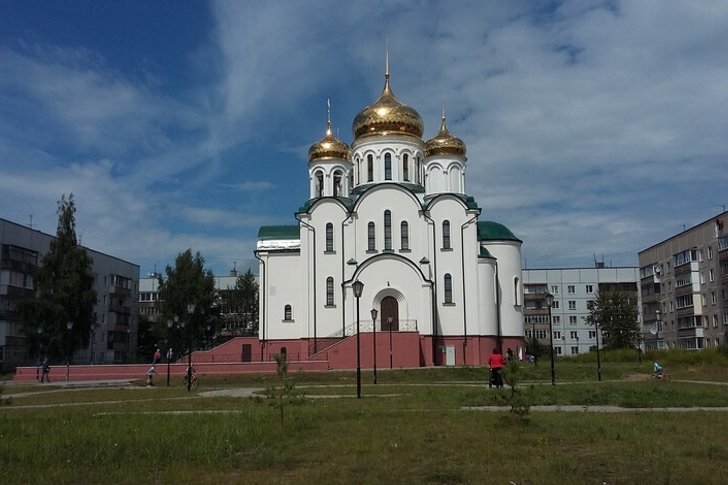
Chapel of Alexander Nevsky
It was originally installed on the former Voznesenskaya Square in 1884 in memory of the deceased Emperor Alexander II. The chapel was made of cast iron at the expense of the townspeople and the merchant M. Glazov. Inside was the image of Alexander Nevsky, and the lamp was constantly burning. Divine services were held near the chapel. During the revolution, the building was destroyed. The restoration was timed to coincide with the 830th anniversary of the founding of the city - in 1996. The new chapel is made of bricks.

Museum-estate of Sofia Kovalevskaya
The estate is located 25 km from Velikiye Luki, in the village of Polibino. It is a two-story building of the XIX century with an outbuilding, surrounded by a park. In the 19th century, it belonged to the Kovalevskaya family, where she lived until the age of 18. Since 1982, a museum dedicated to the outstanding female mathematician has been opened on the estate, which has no analogues in the world. Among the exhibits are paintings, photographs, autographed books, letters, wardrobe items. There is a bust of S. Kovalevskaya in front of the house.

M. P. Mussorgsky Museum-Reserve
This is the family estate of the ancestors of the outstanding composer on the maternal side. It is located 60 km from Velikiye Luki, in the village of Naumovo. The Mussorgsky museum created here is the only one in the world. The expositions are located in 4 surviving buildings and give an idea of the life and work of the maestro, as well as the peasant life of the 19th century. The estate hosts music festivals, theatrical performances, folklore holidays. At the entrance there is a bust of the composer.

Balloon Festival
An enchanting event of international scale has been held in Velikiye Luki every summer, in the month of June, since 1995. Throughout the week, the sky above the city is filled with huge colorful balloons. They start from the fortress and then hover over the river. The most spectacular competition is key grab. A tank is installed on the river, and pilots must calculate the flight path in such a way as to get into it with a marker. To do this, you have to touch the surface of the water with baskets.
